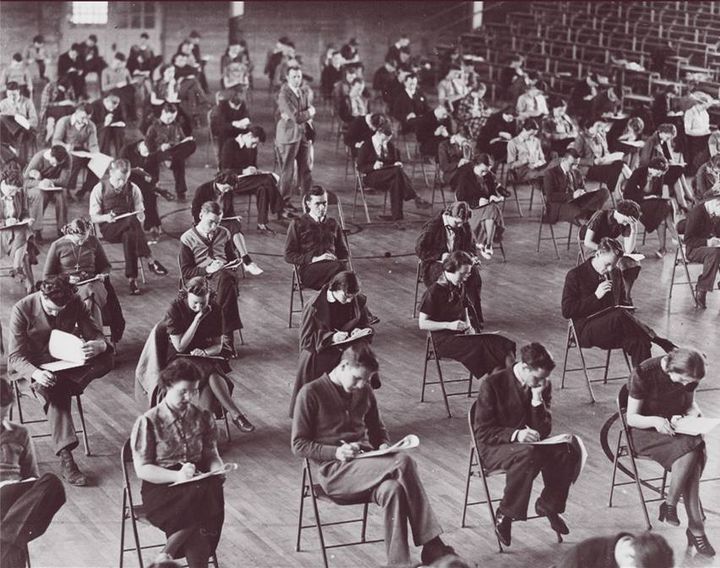
A study was released recently in Psychological Science (and covered here in HuffPost) entitled “The Pen Is Mightier Than the Keyboard: Advantages of Longhand Over Laptop Note Taking.” In it, the authors confirm what many educators already suspect: “computers (and the Internet) serve as distractions, detracting from class discussion and student learning.” According to the study, students retain more facts and concepts when they do not have access to laptops, smartphones, or other devices.
It seems that studies like this, which counter the boasts of educational technology proponents and purport to reveal technology’s adverse effects, are now emerging more frequently. However, they often overlook many key factors in the classroom that directly influence the effectiveness of technology.
Take, for instance, the study mentioned above. While the title seems to support the view that devices in the classroom inhibit learning, its sole test of technology’s efficacy centered on students retaining information from lectures. However, empirical evidence overwhelmingly supports the view that direct instruction strategies like lectures are ineffective, antiquated, and contribute to decreased student engagement. This is nothing new - the “sage on a stage” lecture-model of teaching has been shown to be inferior when compared to students actively engaging in the learning process time and time again. This study, then, only demonstrated that technology was ineffective when used with an ineffective teaching strategy. That seems like a waste of time for the researchers and the readers of their study.
Or consider another recent study (mentioned here in HuffPost), which concludes that “computer devices have a substantial negative effect on academic performance.” But what also must be considered is that this research was conducted solely at West Point Military Academy, a place nearly synonymous with tradition, compliance, and conformity. Although the study makes no mention of the learning environment, it is hard to imagine that such an institution promotes the type of progressive, creative, and individualized teaching that allows technology to enhance and extend learning in dramatic ways.
What these studies really prove, despite their claims, is that technology will not be beneficial without significant instructional and cultural changes in schools. Technology can deepen learning and enable students to inquire, connect, share, and create in ways that could not have been envisioned even 20 years ago. But, if teachers continue to teach as they did 100 years ago, technology will be of little value and our schools will continue to leave many students under-challenged, under-engaged, and under-educated. Technology, alone, is not a panacea.
That studies such as these gain national attention is no surprise, as they are compatible with a seemingly inherent human fear of technology that has been with us for, well, quite a while. To wit: There were fears that the introduction of the printing press in 1440 would cause information overload for people (sound familiar?). And even Socrates cautioned on the advent of the written word in 370 BCE that it would “create forgetfulness in the learners’ souls, because they will not use their memories” (again, familiar?). It is little wonder, then, that people seem innately receptive to studies that confirm deeply-held suspicions of technology.
While it’s easy for many of us to latch onto these studies and the romantic idea that things really were better in yesteryear before digital proliferation, the truth is that they overlook many important classroom factors and mislead educators. A recent meta-analysis offered a much more sensible explanation for its tepid conclusions about technology in schools: “The successful integration of technology in education is not so much a matter of choosing the right device, the right amount of time to spend with it, the best software, or the right digital textbook. The key elements for success are the teachers, school leaders, and other decision makers who have the vision, and the ability, to make the connection between students, computers, and learning.”
We should certainly be selective when deciding what technology is introduced into our classrooms and reject anything that does not advance learning, but placing any credence in research that is based on outdated practices is distracting at best and obstructive at worst. Studies like these might reflect our inherent biases, but they don’t reflect the best practices of effective, 21st-century classrooms.
Dylan is an English teacher, writer, and dad. He has appeared on Edutopia, Education Talk Radio, and he blogs at www.dylanfenton.com. Follow him on Twitter at @mr_dfenton
